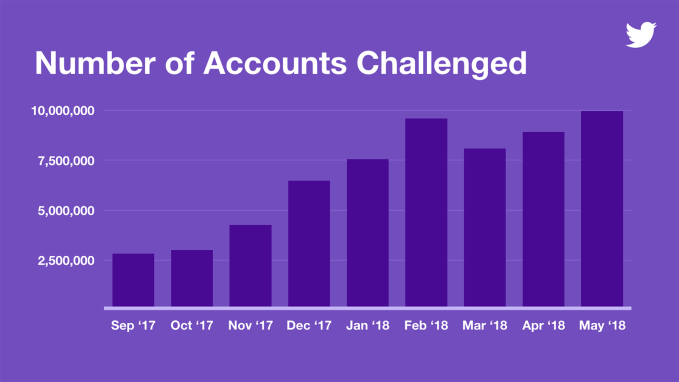The blockchain revolution is coming, but you might not see it. That’s the view of Brian Behlendorf, executive director of the Linux Foundation’s Hyperledger Project.
Speaking at the TC Sessions: Blockchain event in Zug, Switzerland, Behlendorf explained that much of the innovation that the introduction of blockchains are primed to happen behind this the scenes unbeknownst to most.
“For a lot of consumers, you’re not going to realize when the bank or a web form at a government website or when you go to LinkedIn and start seeing green check marks against people’s claims that they attended this university — which are all behind-the-scenes that will likely involve blockchain,” Behlendorf told interviewer John Biggs.
“This is a revolution in storage and networking and consumers.”
As for where blockchain might make a big impact, Behlendorf said he believes that the area of online identity is particularly ripe for change. Rather than relying on central systems such as Facebook or Twitter to hold information, blockchain solutions can potentially store information more securely and with more utility thanks to self-sovereign ID systems.
“That’s what gets me up in the morning more than almost every other use case,” Behlendorf said. “I think we’ve got something of a solution but’s only going to work if the end user experience of managing your identity and your personal data is made easy and made fluid. It [has to] feel something like your wallet when you pull out your driver’s license and show it.”
Hyperledger is providing the framework and tools that the foundation hopes will enable innovation in the blockchain space, and Behlendorf said that it currently has around 10 code bases, of which two are in production use with eight additional frameworks to build blockchains. He added that there are more options coming, thanks to Hyperledger focus on “organic” development ideas.
It might seem like an irony that blockchain projects, which can raise enormous amounts of money via token sales, are basing the technologies that power their businesses on open source tools, but Behlendorf said there’s nothing new in that situation versus how the Linux Foundation traditionally operates.
“There might be a few developers who get involved to improve their skills and reputation but the vast majority work on it because their business is investigating it, wants to use it or to do a pilot, so they have a responsibility to make sure it works,” Behlendorf explained.
“For them, knowing other companies are using it and making a profit is fine,” he added. “In fact, it’s a good thing.”
Community spirit is very much the focus, and Hyperledger has had to intervene in the rare cases that members have taken things too far.
“What you want to protect against is any one company benefitting from the brand or reputation that the community creates in a way that is unfair. So we do things like we protect the trademark… because that confuses the marketplace,” Behlendorf said.
“But we want to see companies building services on top of this. In fact, it’s essential to make this a virtuous circle.”


